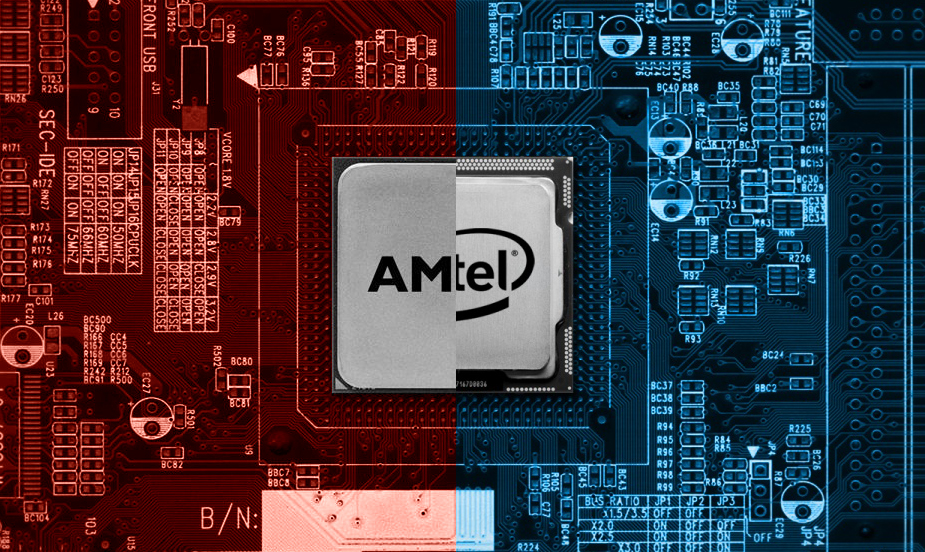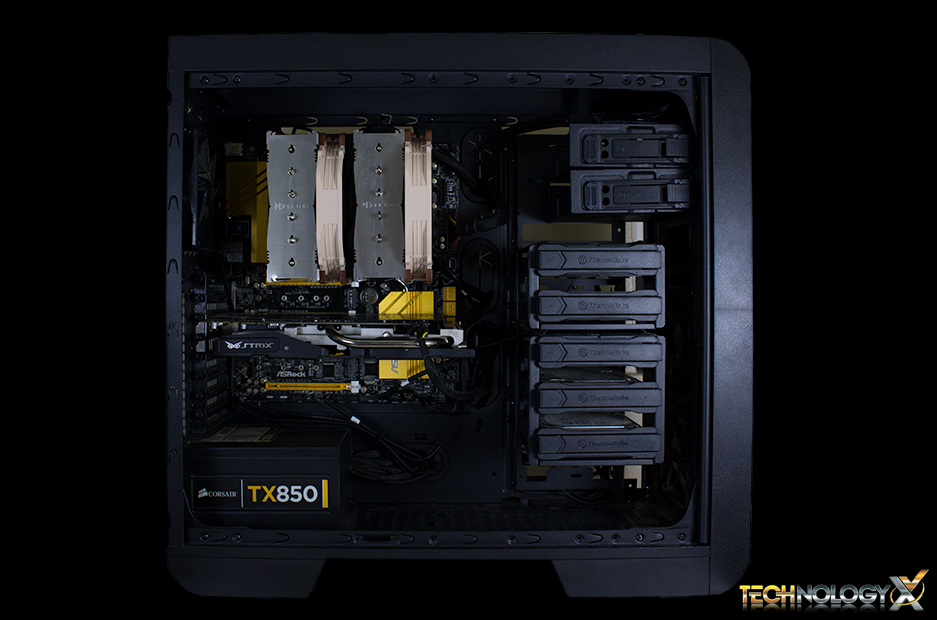As a gamer and hardware enthusiast that spends a lot of time in various PC gaming communities, one of the longest on-going debates has been the best choice for CPU when it comes to gaming; Intel or AMD.

While there are users on both sides claiming their favorite brand is the best, we’ve noticed quite a bit more on the side of Intel. You might ask, why? – Well, that’s pretty easy, Intel is faster. That’s right, we’ve said it. When it comes to raw CPU performance there’s no question that Intel’s newer manufacturing processes, and better overall IPC is definitely faster in the majority of tasks. However, with all that said we still believe that AMD isn’t being given a fair shake. Especially in the gaming communities where their lower prices should seem much more attractive to gamer’s on tight budgets.
So, today we’re going to be doing a real-world gaming test running a variety of popular games, across multiple graphics configurations with real-world resolution and graphical settings. If you’re looking for max settings at 800×600-1024×768, you may want to stop reading now. The components we’ll be testing are the FX-8370 from AMD, and Intel’s current enthusiast flagship the Core i7 5960X,
TECHNOLOGY X TEST BENCH

We’d like to thank AMD, Intel, ASRock, Crucial, ADATA, EVGA and DeepCool for providing vital components without which this report would not be possible. Check out our review of the Intel Core i7 5960X, ASRock X99 OC Formula, the Crucial Ballistix Elite DDR4-2666 memory kit, and theDeepCool Captain 360 CPU Cooler and Thermaltake Core v51 chassis used in this report.
INTEL TEST SETUP
| MOTHERBOARD: | ASRock X99 OC Formula |
| CPU: | Intel Core i7 5960X |
| MEMORY: | 16GB Crucial Ballistix Elite DDR4-2666 |
AMD TEST SETUP
| MOTHERBOARD: | Gigabyte 990FXA-UD3 |
| CPU: | AMD FX-8370 |
| MEMORY: | 16GB ADATA XPG DDR3-2133 |
SHARED COMPONETS
| PC CHASSIS: | Thermaltake Core V51 |
| CPU COOLER: | DeepCool Captain 360 |
| POWER SUPPLY: | DeepCool Quanta DQ1250 |
| GRAPHICS CARD 1: | EVGA SSC GTX 960 2GB |
| GRAPHICS CARD 2: | 2x ASUS STRIX GTX 970 4GB |
| STORAGE: | ADATA 1TB Premiere Pro SSD |
TESTING METHODOLOGY
In today’s report we’ll be doing a simple real-world gaming comparison between the FX-8370 and Intel Core i7 5960X. We’ll be testing both CPUs at their stock speeds as well as overclocked to4.4GHz (Intel), and 4.6GHz (AMD). We chose these clock speeds for our overclocks simply because they’re the highest overclock we could achieve on each processor without much hassle. Yes, we could have pushed both chips even further with a bit more tweaking, however we wanted to test with a scenario we believe most gamers might be in, so quick and dirty overclocking it is.
For graphics, we’re going with three different configurations ‘Mid-range’, ‘High-end’ and ‘Ultra High-end’ in which we’ll be using the following graphics card configurations.
Mid-Range: EVGA SSC GTX 960 2GB
High-End: ASUS STRIX GTX 970
Ultra High-End: 2x ASUS STRIX GTX 970s in SLI
We’ll be testing only actual games, no synthetic benchmarks at all. Performance for each game was monitored using the utility Fraps, and then analyzed using FRAFS. In order to accurately measure the gaming experience, we’ve decided to forgo the use of minimum and maximum FPS in our results. This is because these values do not accurately represent the actual experience, or ‘smoothness’ of the game’s performance. Instead, we’ll be using the average FPS, as well as the average of the lowest 1%, and 0.1% of results . We believe these results will better showcase the variance in performance.
All games were tested at resolutions of 1080p, 1440p and 4K depending on the graphics card configuration. The titles tested include: Counter-Strike: Global Offensive, DoTA 2, Tomb Raider, Crysis 3, The Witcher 3, Grand Theft Auto V and Project CARS.
No comments:
Post a Comment